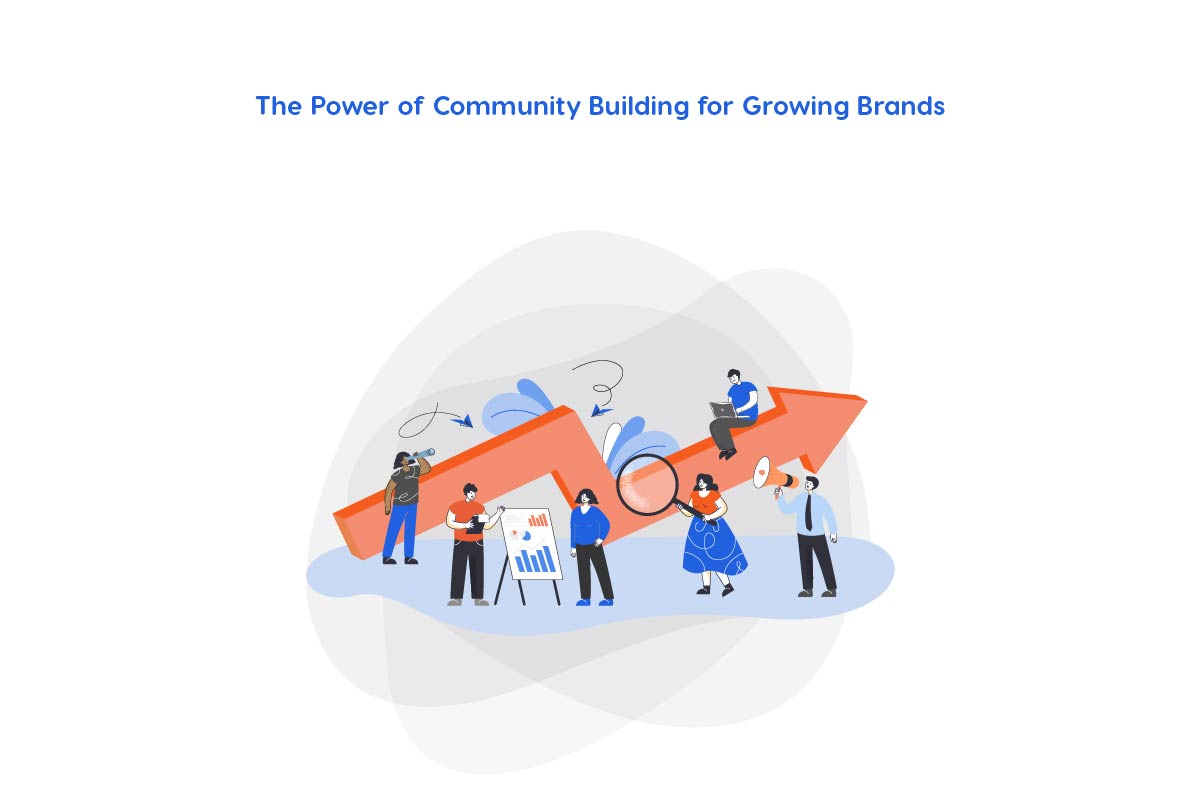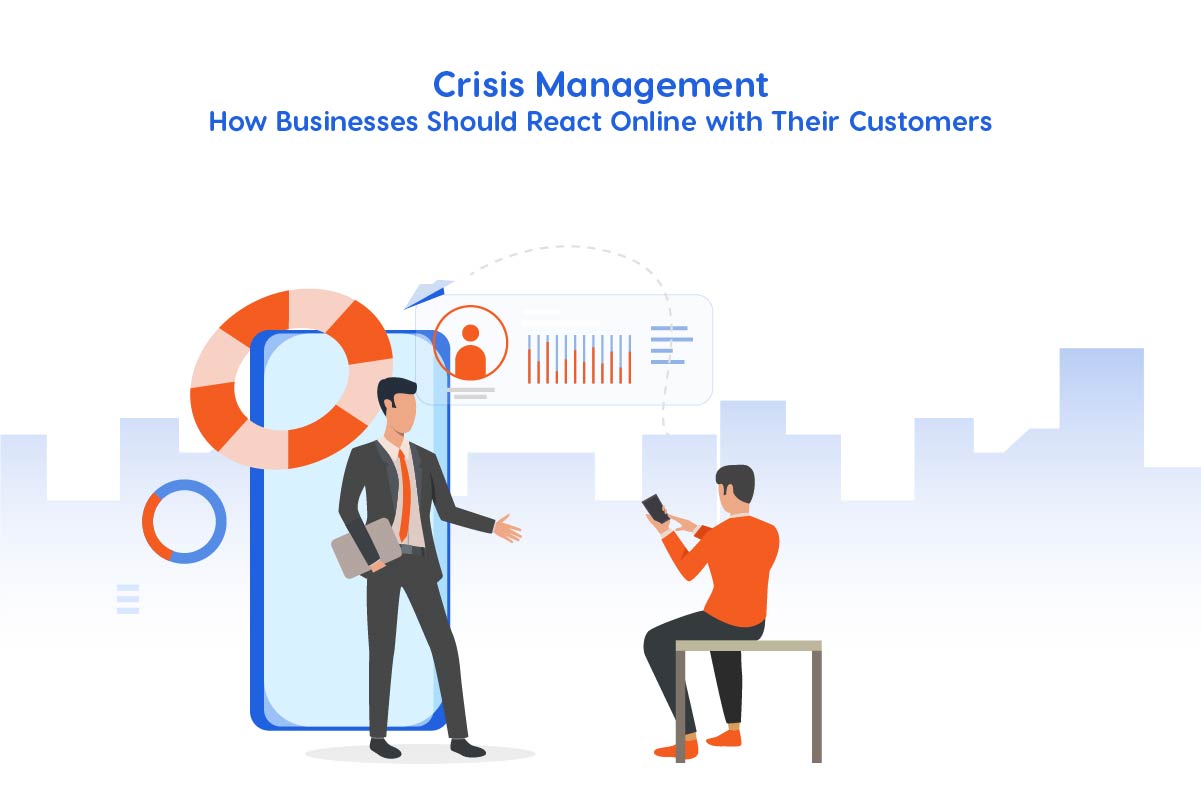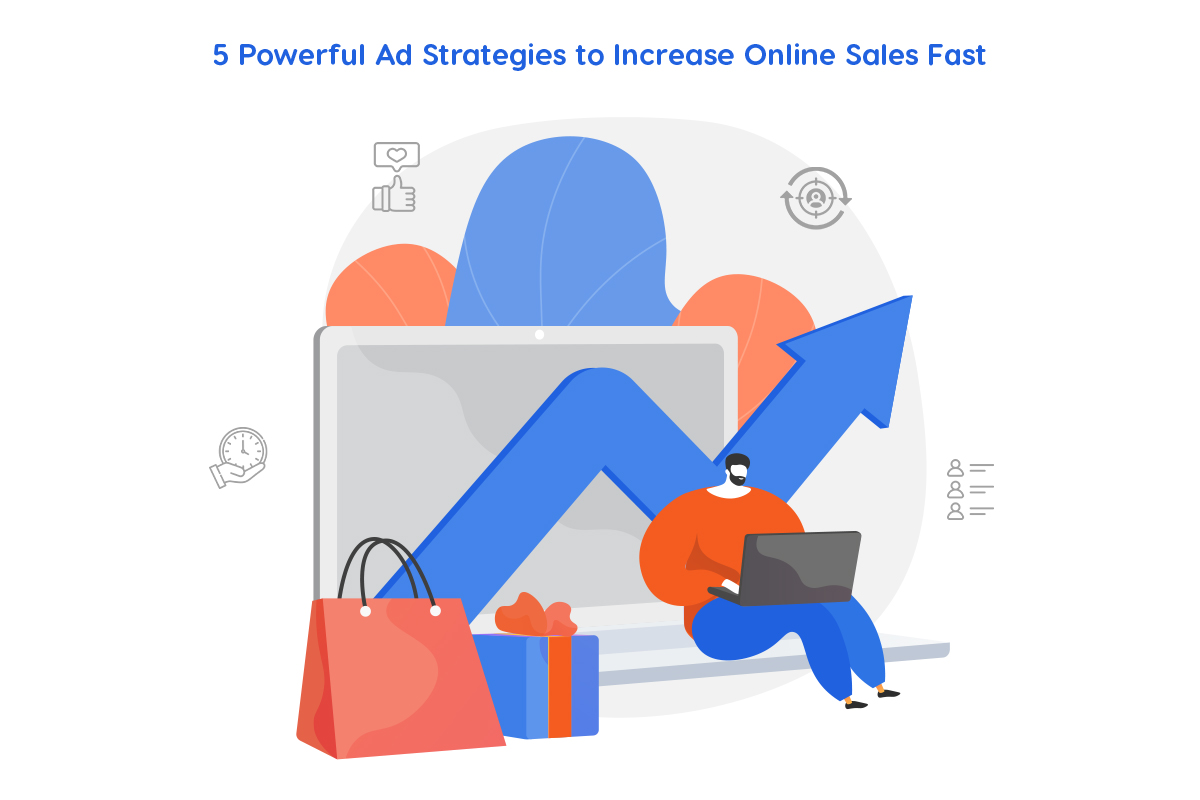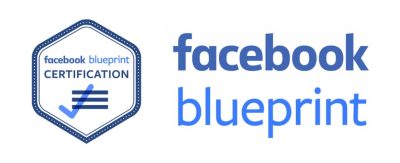YouTube has always been the most important and growing platform for creators to develop their careers. However, over time, the number of creators on YouTube has increased, and with this rise, YouTube has become even more stringent in its policies, making it more challenging to use the platform as a career and earn money. The YouTube Partner Program outlines all the rules and guidelines for creators, enabling them to follow them and earn money from memberships, ads, and other sources. As 2025 arrived, YouTube introduced a new set of rules and policies that all creators must qualify for to monetize their channels. These rules encompass various aspects, including the types of content that can be posted, the level of interaction you receive from the audience, and the strategies you use to manage the channel.
The primary focus of YouTube is on:
- High-quality content.
- Following copy right laws.
- Keeping advertises safe.
If you’re considering growing your presence on YouTube and earning money from it, it’s essential to learn and understand these rules.
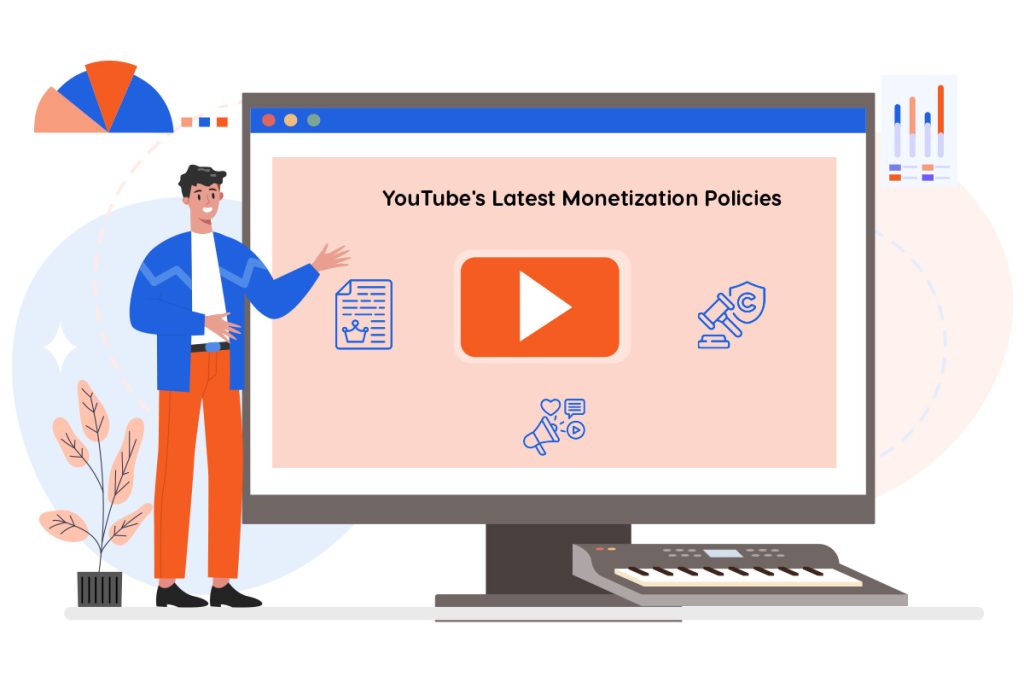
Understanding YouTube’s Monetization Policies
YouTube monetization is a process where creators generate income from their content. This is typically achieved through advertisements, channel membership, Super Chats, YouTube Premium revenue. To utilize these features, creators must join the YouTube Partner Program (YPP), which enables them to earn money directly on the platform. More broadly, the overall channel behavior is also reviewed; YouTube does not allow monetization access unless it deals with spam, duplication, or other harmful practices.
The following are some of the requirements that a creator must meet to qualify for monetization, as outlined in YouTube’s 2025 policies. These are subscribers with at least 1,000 and 4,000 valid public watch hours over 12 months, or 10 million valid public Shorts views over 90 days. Furthermore, the channel shall comply with all YouTube monetization guidelines, which include adhering to community guidelines, copyright regulations, and advertiser-friendly content arrangements.
Along with monetization, you should also focus on the YouTube SEO Strategies.
What’s New in YouTube’s 2025 Monetization Guidelines?
In YouTube’s new policy, the primary focus is on content value, originality, and transparency. The primary objective of these policies was to gain control over and reduce the low-quality and repetitive content, particularly the content generated by AI.
Key Highlights
- Commencing on Jult 15, 2025
- Targeting low-quality, or AI generated material.
- Improved Ad categories and a more robust review process.
Impact on Creators
After the implementation of these rules, content creators who rely on AI-generated or low-quality, templated content will not have their YouTube channels eligible for monetization. On the other hand, channels with original, high-quality, and well-edited content will gain more visibility and ad placement such as podcasts (which are now popular), reviews etc.
Monetization Eligibility – Before vs. After 2025
| Policy Area | Before 2025 | After 2025 |
| AI-generated content | Allowed with minimal disclosure | Must be transformed + disclosed clearly |
| Repetitive formats | Often overlooked | Now flagged and demonetized |
| Ad categories | Broad but vague | More specific & advertiser-focused |
| Content originality | Recommended | Now strictly required |
Types of Content That Qualify for Monetization Under the 2025 Guidelines
According to the YouTube 2025 monetization policy, to generate revenue, content must be original, engaging, and ad-friendly. YouTube prioritizes developers who post inspirational, educational, entertaining, or informative videos, according to the YouTube-friendly advertiser policy.
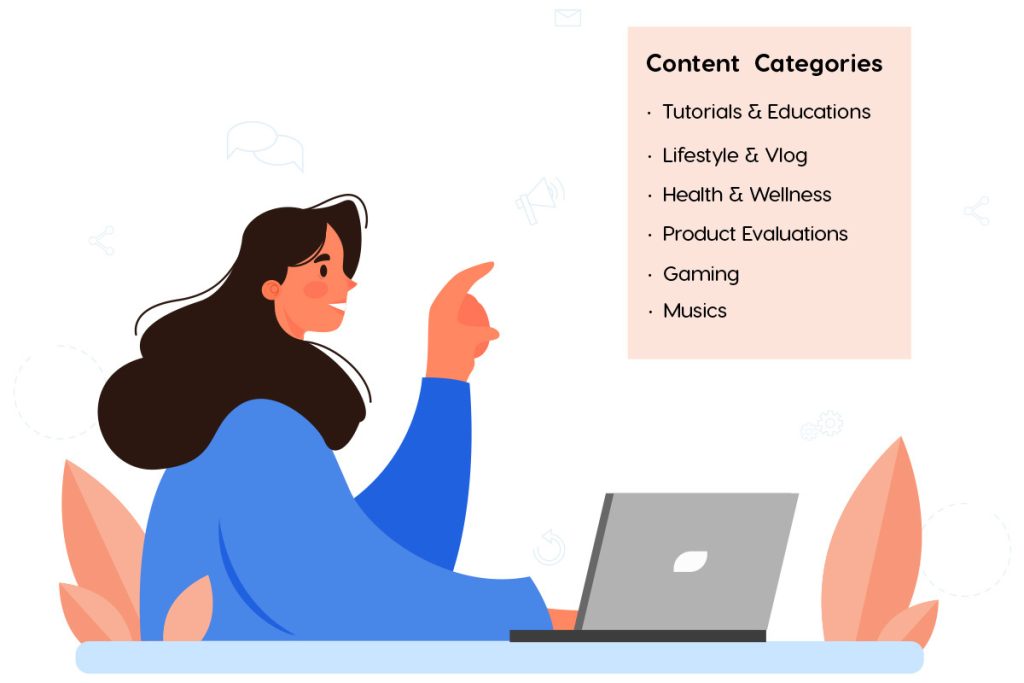
Content Categories Eligible for Monetization
Content That Is Ad-Friendly Must
Additionally, as a creator, you must pay attention to the thumbnails, metadata, and titles of your videos, ensuring they are not false, misleading, or clickbait-oriented.You can learn techniques to get your content be seen by more audience. By following these rules while creating content, you will surely get your channel monetized.
How to Meet the New Monetization Requirements
It’s 2025, and in this era of YouTube, you need to do more than just watch time milestones and gain subscribers. YouTube is closely monitoring and reviewing your channel, and it is stricter about the content you share. It will verify your content to ensure it is original. Of high quality and follows all the rules and guidelines that YouTube has given. All YouTube regulations, including community guidelines, copyright laws, and advertiser-friendly standards, must be adhered to by your channel.
To be eligible for monetization in 2025, it is essential to avoid low-quality or repetitive content, as YouTube considers it invaluable. Along with utilizing AI assistance, you must also incorporate your creativity and artwork to make the videos more original, such as adding a voiceover, visuals, and editing, while clearly stating that the content is generated by AI. You can remain in the Partner Program and get accepted by consistently uploading high-quality videos and monitoring YouTube Studio for improvements.
Common Monetization Mistakes to Avoid
Let’s look into some of the most common monetizations mistakes that we shold avoid during 2025.
| Common Monetization Mistake | Why It’s a Problem | How to Avoid It |
|---|
| Using Recycled Content | Considered non-original; violates YouTube’s content policies | Add personal commentary, edits, or creative value to reused content |
| Clickbait Titles & Thumbnails | Breaks community guidelines and erodes audience trust | Use honest titles/thumbnails that accurately reflect video content |
| False or Misleading Claims | Can lead to strikes and demonetization | Ensure all claims are factual and supported by reliable sources |
| Overuse of AI with No Human Input | Seen as low-quality or spammy by YouTube | Combine AI tools with personal insights, creativity, and voice |
| Ignoring Monetization Policies | Increased risk of violations and revenue loss | Regularly review and follow YouTube Partner Program policies |
Monetization Revenue Streams in 2025
In 2025, YouTube creators will have multiple ways and sources to earn revenue. So, using these sources will not only diversify your revenue stream but also give different types of content creators a chance to get rewarded for their content and engagement.
Main Revenue Streams on YouTube in 2025
Ad Revenue:
Place ads on your content and earn revenue through display, overlay, and video ads.
Super Stickers and Super Chats:
The audience on YouTube that a channel has can send tips and gifts to their favorite creators in the form of super chats and super stickers, which is a good revenue stream as you earn on Instagram.
Channel Membership:
Your loyal audience can pay the fee for their badges and emojis, and the channel membership can earn you a handsome amount of revenue.
Merch Shelf:
Additionally, you can sell your exclusive merchandise on your channel, which can help increase your revenue.
YouTube Premium Revenue:
Get compensated when ad-free Premium members view your videos.
How These Changes Will Affect Content Creators in 2025 and Beyond?
YouTube Monetization in 2025 has placed a greater focus on the originality, quality, and engagement of content, ensuring that viewers are not repeatedly exposed to false and repetitive content. Creators who make videos in accordance with YouTube’s guidelines will have more opportunities to earn money, gain visibility, and receive good ads. In contrast, the channels with false and misleading content will not be considered eligible for monetization. In the long run, YouTube will only favor and encourage creators who have genuine communities and genuinely believe in creativity and uniqueness.
They can still benefit from AI tools, but relying entirely on AI is highly discouraged. There is a possibility that YouTube may offer the creators better tools to create more engaging, high-quality content for their audience.
Conclusion
The monetization policies announced by YouTube in 2025 are firm indications that the company is prioritizing originality, creativity, and genuine audience engagement. Now, producers must be concerned with creating high-quality, transformed content that meets more rigorous guidelines, both when using AI tools and when reusing existing material. These new rules must be understood and adapted to in order to remain eligible and fully capitalize on revenue-generating opportunities. The changing environment favors creators who establish genuine communities, diversify their revenue streams, and stay informed about policy changes. The updates might threaten those channels that base their business model on producing low-effort content; however, they will also open up possibilities for content creators who are dedicated to quality and innovation. By proactively adopting such changes, creators will not only preserve their current monetization status but also unveil new growth opportunities on YouTube in 2025 and beyond.
